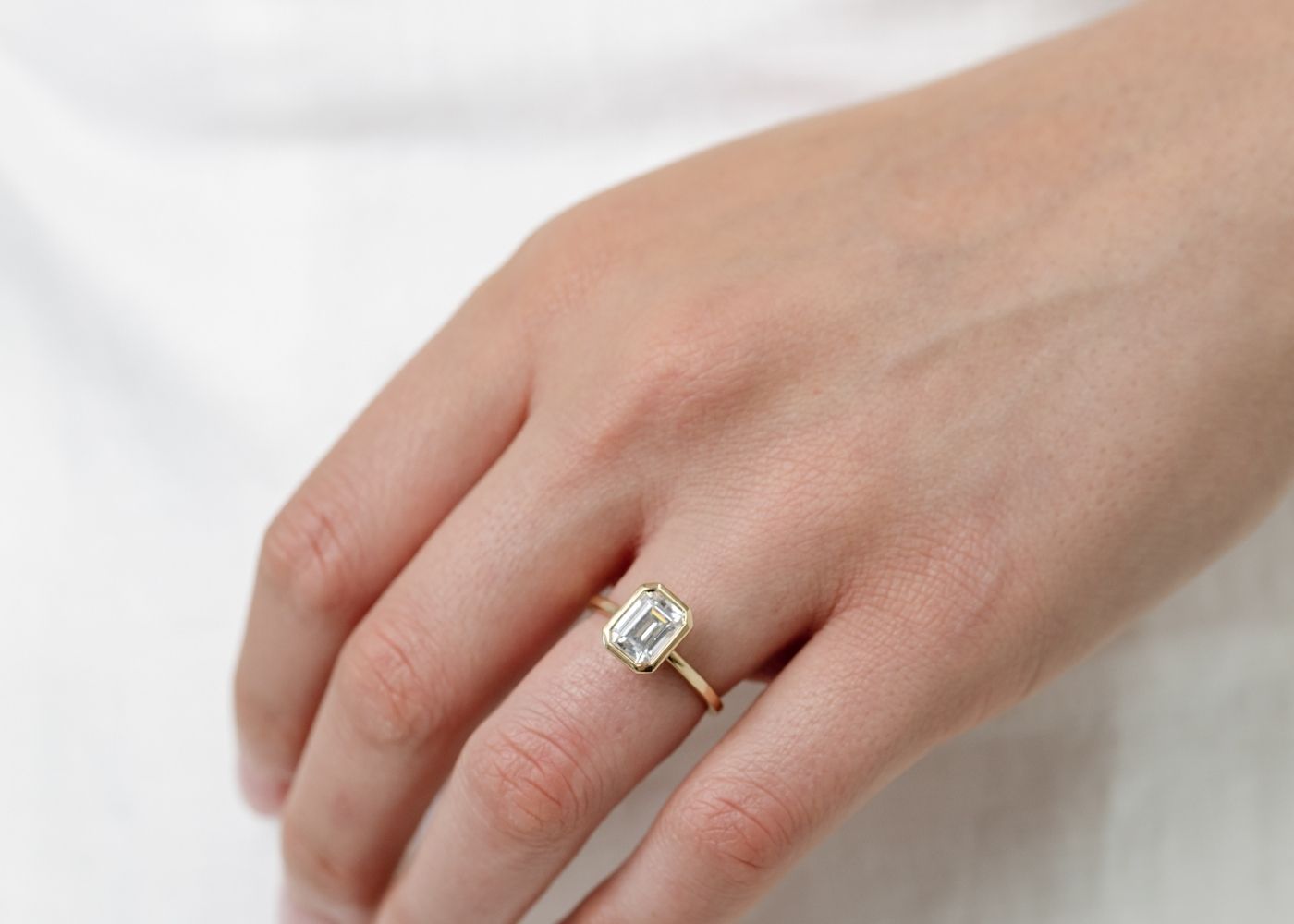Crystallographic point group
Introduction to Crystallographic Point Groups
- A crystallographic point group is a set of symmetry operations in crystallography.
- These operations leave the structure of a crystal unchanged.
- There are 32 crystallographic point groups.
- These groups determine the directional variation of physical properties in a crystal.
- The groups must maintain three-dimensional translational symmetry.
Notations for Crystallographic Point Groups
- Crystallographers, mineralogists, and physicists use standard notations.
- Schoenflies notation is one of the notations used.
- Schoenflies notation uses letter symbols with subscripts.
- The symbols represent different symmetry elements.
- The symbols indicate rotation axes, mirror planes, and other elements.
- Hermann-Mauguin notation is another notation used for crystallographic point groups.
- It represents the 32 crystallographic point groups.
- The notation uses symbols and numbers to represent different symmetry elements.
- Subgroup relations can be determined using Hermann-Mauguin notation.
- The notation helps in understanding the symmetry properties of crystals.
Schoenflies Notation
- Schoenflies notation denotes point groups with letter symbols.
- The symbols represent different types of symmetry elements.
- The symbols indicate rotation axes, mirror planes, and other elements.
- The letter 'C' represents cyclic rotation axes.
- The letter 'D' represents dihedral rotation axes.
Hermann-Mauguin Notation
- Hermann-Mauguin notation is another notation used for crystallographic point groups.
- It represents the 32 crystallographic point groups.
- The notation uses symbols and numbers to represent different symmetry elements.
- Subgroup relations can be determined using Hermann-Mauguin notation.
- The notation helps in understanding the symmetry properties of crystals.
Deriving Crystallographic Point Group
- The crystallographic point group can be derived from the space group.
- The Bravais lattice type is excluded in the derivation.
- Symmetry elements with translational components are converted into elements without translation symmetry.
- Axes of rotation, rotoinversion axes, and mirror planes remain unchanged.
- The derived crystallographic point group represents the crystal class.
Crystallographic point group Data Sources
| Reference | URL |
|---|---|
| Glossary | https://harryandcojewellery.com.au/blogs/glossary/crystallographic-point-group |
| Wikipedia | http://en.wikipedia.org/wiki/Crystallographic_point_group |
| Wikidata | https://www.wikidata.org/wiki/Q1066315 |
| Knowledge Graph | https://www.google.com/search?kgmid=/m/030w_c |





